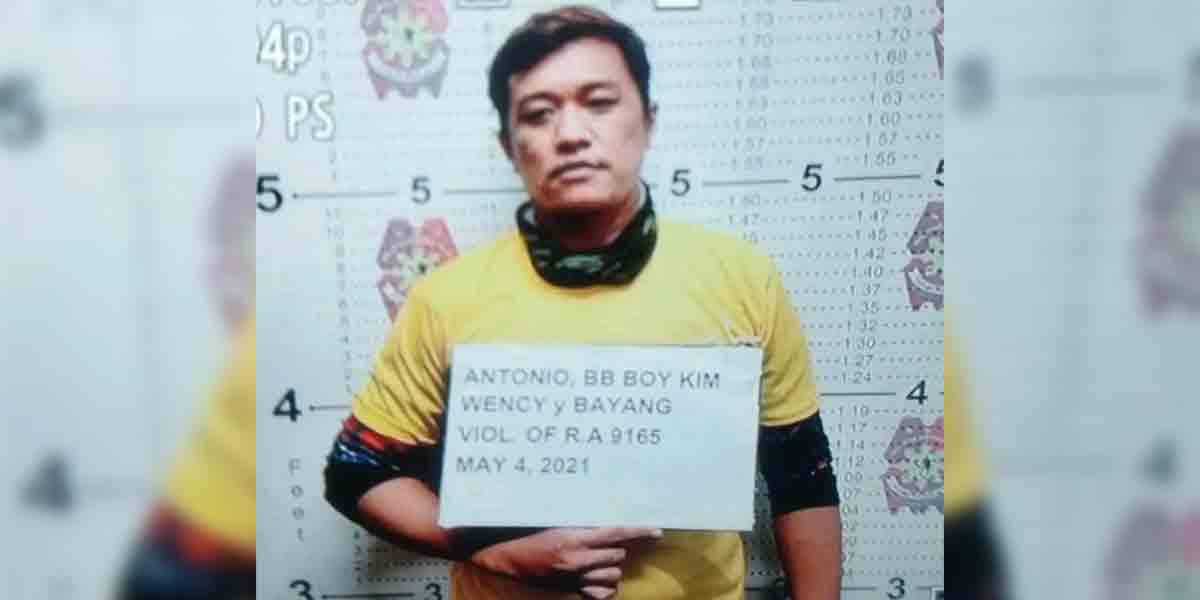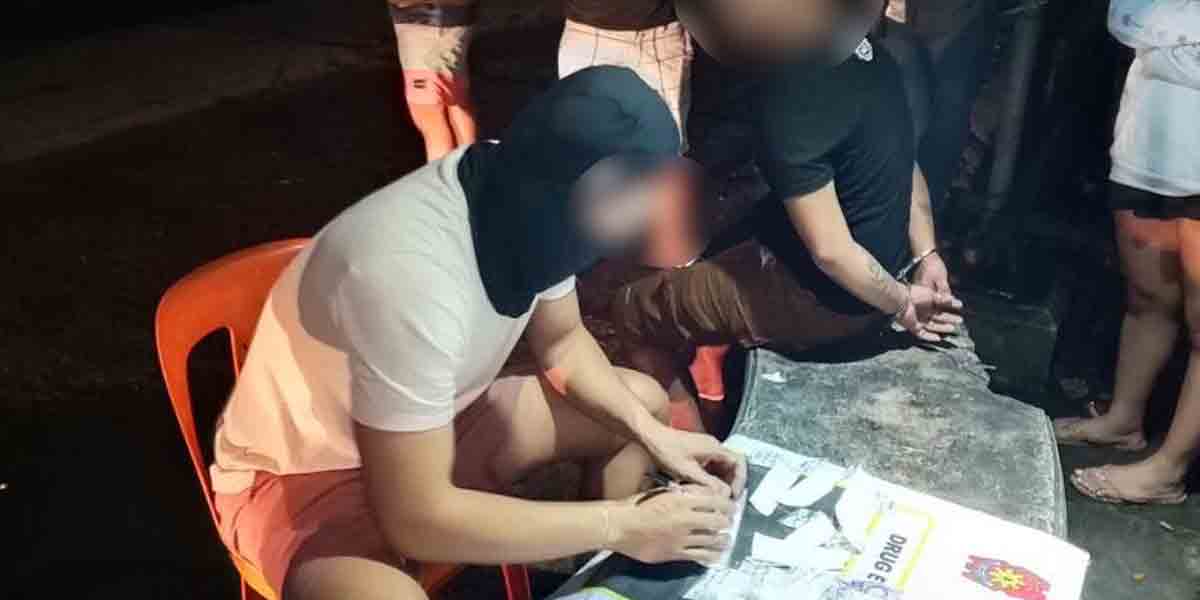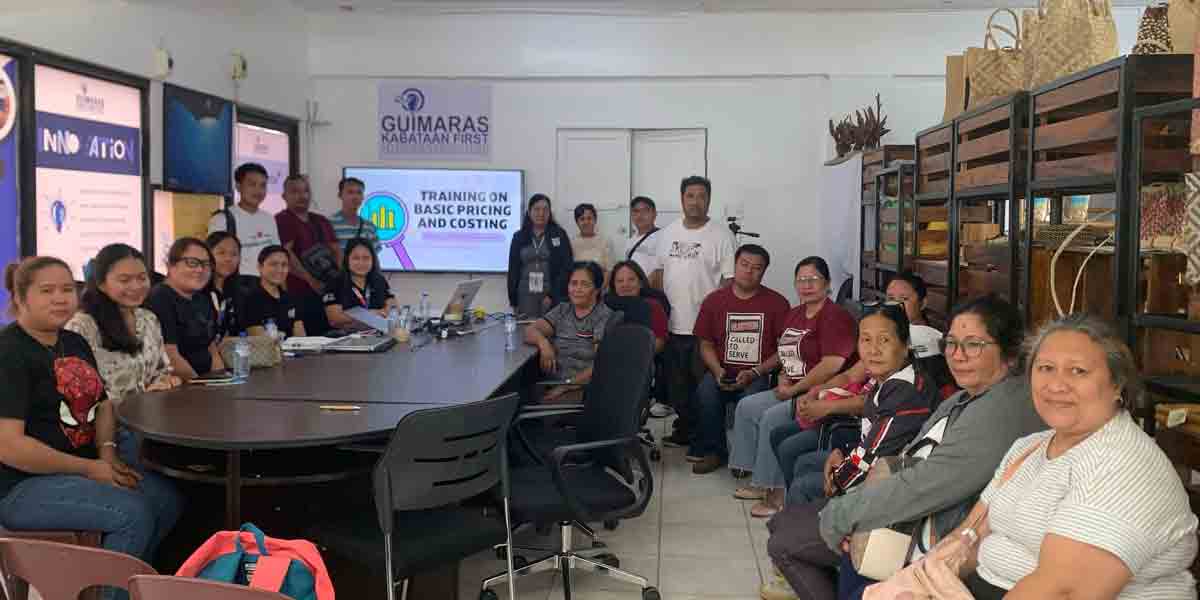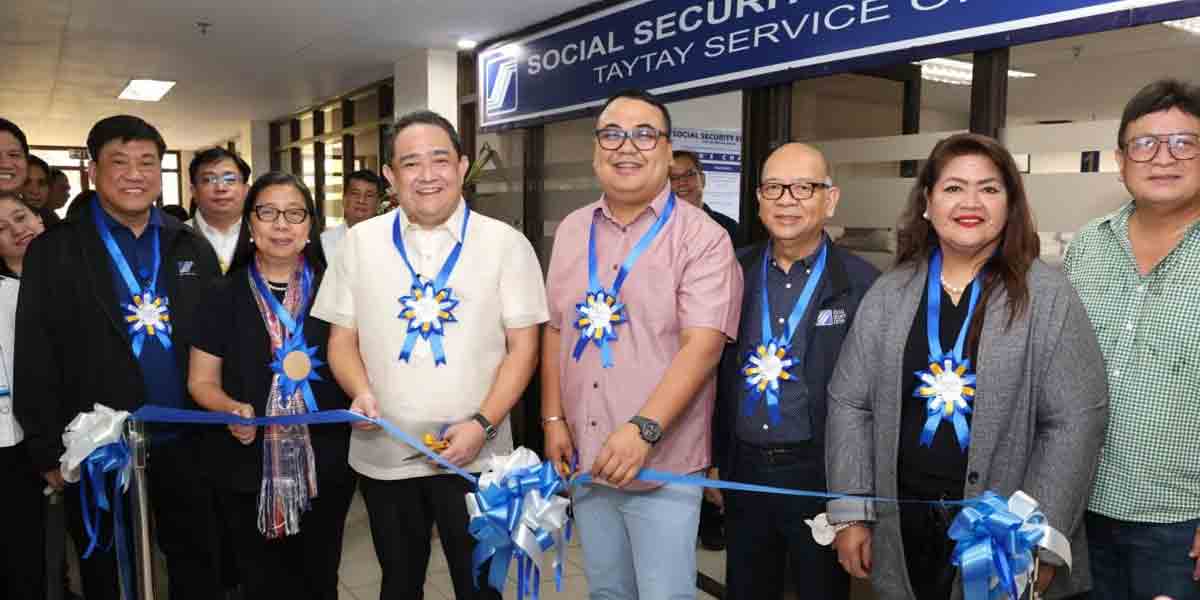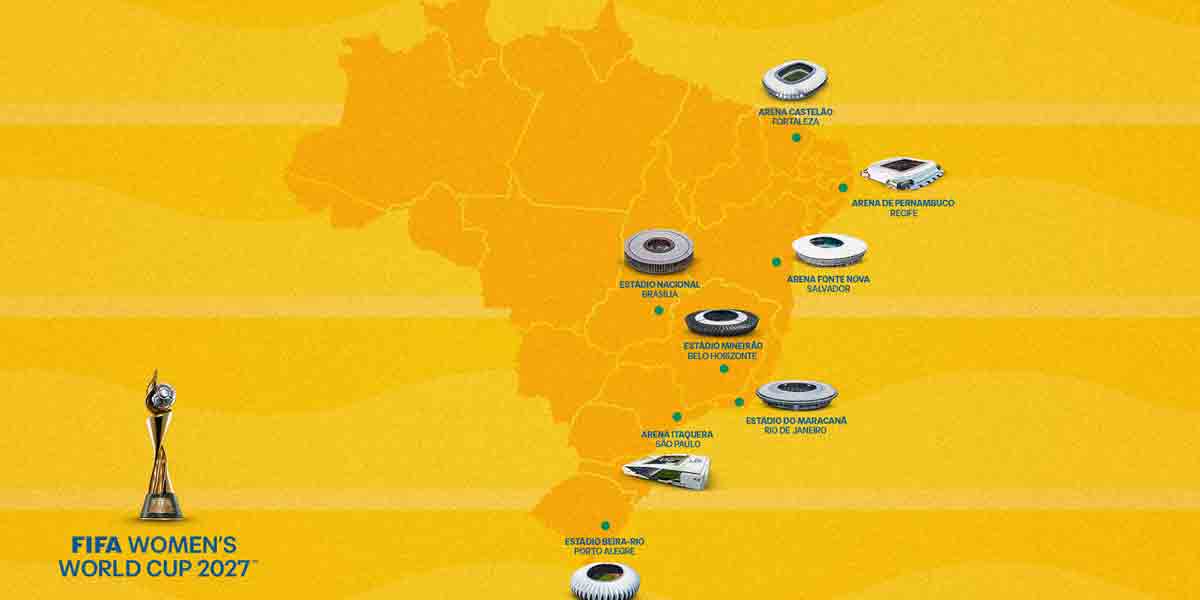Dinagyang Festival is not just a vibrant cultural spectacle—it is a profound expression of faith and devotion to Señor Santo Niño. The festival, rooted in gratitude and spirituality, is a reminder of the Christian call to care for the least among us.
Through elaborate performances, Iloilo’s tribes pay homage to Santo Niño, whose image is at the heart of the celebration. Beyond the rhythmic drumbeats and dazzling costumes lies a deeper message of compassion and community. Dinagyang urges us to reflect on the love and care of Señor Santo Niño, especially for the poor and marginalized.
The festival’s roots trace back to honoring the Santo Niño de Cebú, a symbol of God’s enduring presence and care. His image is a reminder of Christ’s humility and love for humanity, particularly those burdened by life’s hardships. Dinagyang’s spiritual essence calls for action—uplifting the downtrodden and giving voice to the voiceless.
Behind the mesmerizing choreography and vibrant hues of the Dinagyang warriors are stories of personal devotion. Many dancers participate not just for competition but as acts of faith and thanksgiving. Their journeys reflect the transformative power of devotion, bringing peace and purpose to their lives.
Yet, as the festival celebrates the richness of faith, it also highlights the disparities faced by many. Iloilo’s streets, adorned with festivities, also bear witness to the struggles of the underprivileged. The colorful pageantry serves as a stark contrast to the everyday challenges of the poor, reminding us of the festival’s deeper calling.
Dinagyang is not just about celebrating culture; it is a platform to foster social awareness. The faithful are called to emulate the Santo Niño’s care for the least fortunate. The festival is a chance to advocate for meaningful change, addressing poverty and inequality with the same passion as the performances on stage.
The annual celebration draws thousands of tourists, bringing economic opportunities to Iloilo City. But the wealth generated must also benefit those who need it most. Dinagyang should inspire initiatives that prioritize education, healthcare, and livelihood for the poor, ensuring that the festival’s blessings are shared by all.
The tribes’ months of preparation embody discipline and resilience, traits that resonate deeply with the struggles of the poor. Just as the dancers persevere to perfect their routines, society must work tirelessly to bridge the gap between privilege and poverty.
As devotees gather to honor the Santo Niño, let us also renew our commitment to serve. Let Dinagyang be a call to action, urging communities to reach out to the poor and lift them from the margins. The festival’s vibrant energy should ignite compassion and inspire efforts to build a society rooted in justice and love.
Dinagyang’s true essence lies in its ability to unite faith, culture, and social responsibility. It celebrates not just the richness of tradition but also the boundless love of Señor Santo Niño for the most vulnerable. Let us remember, as we revel in the festivities, to care for the least among us, embodying the spirit of the Santo Niño in our lives.

